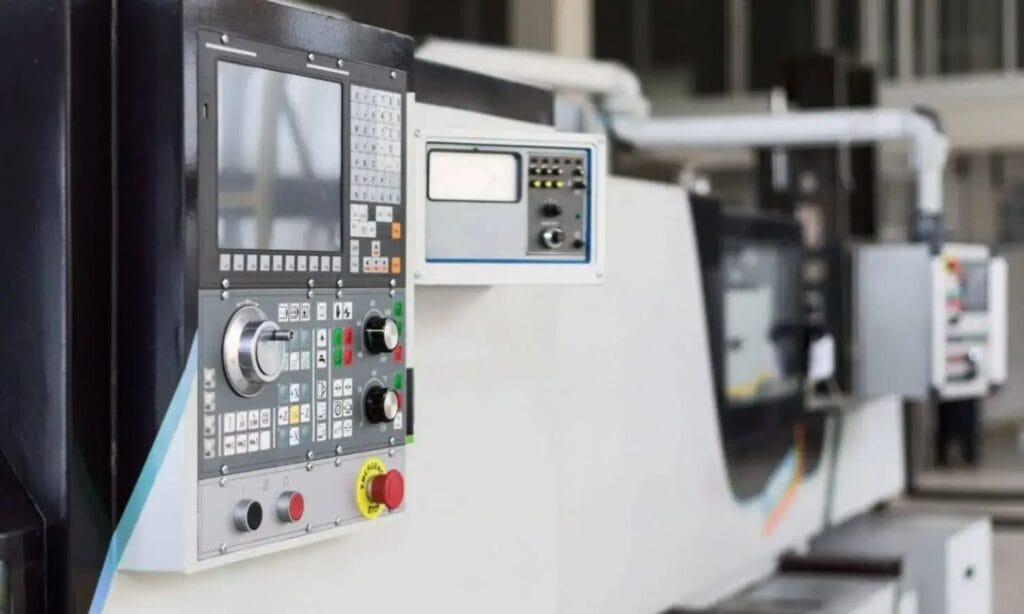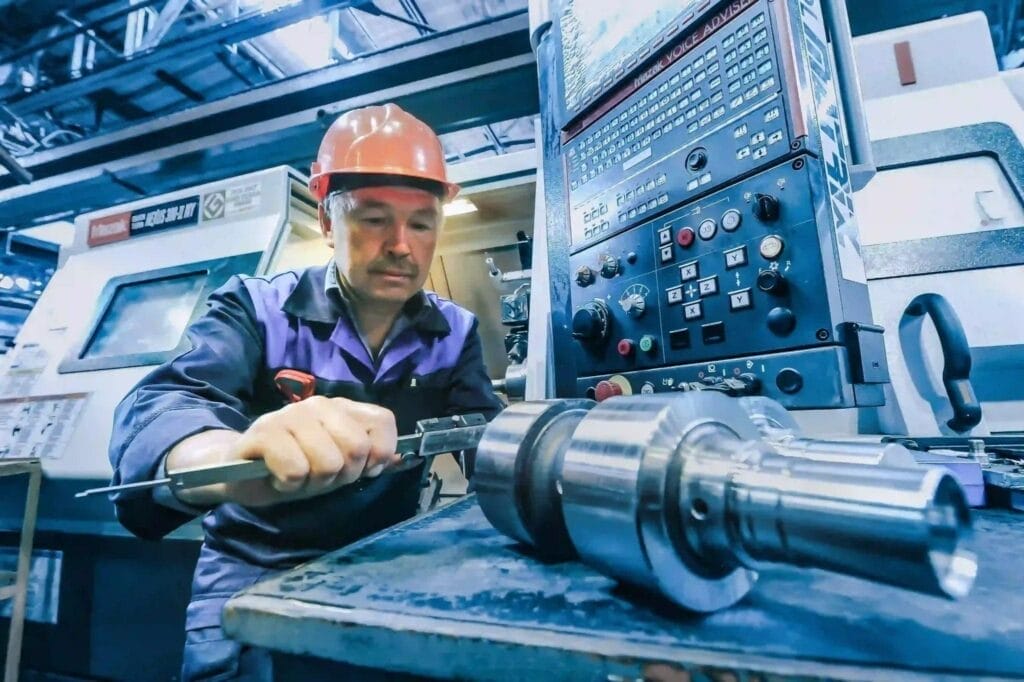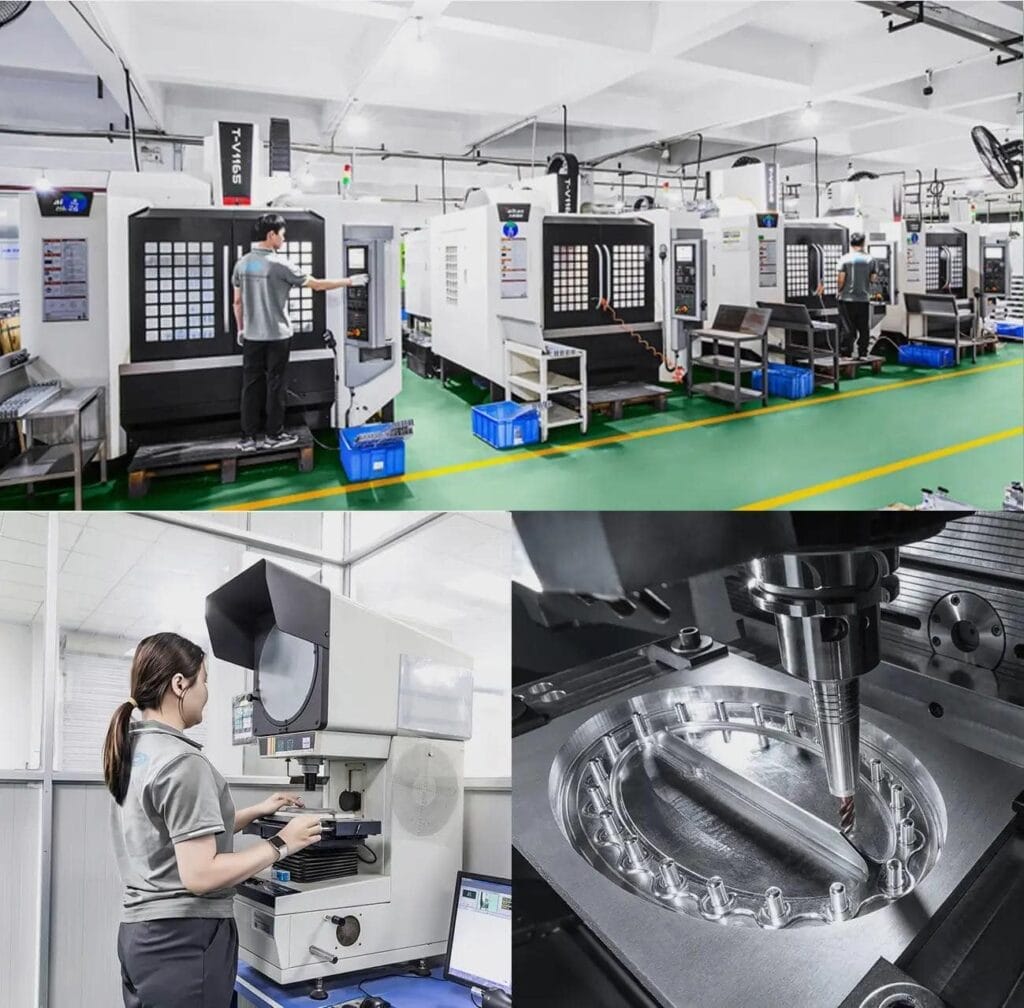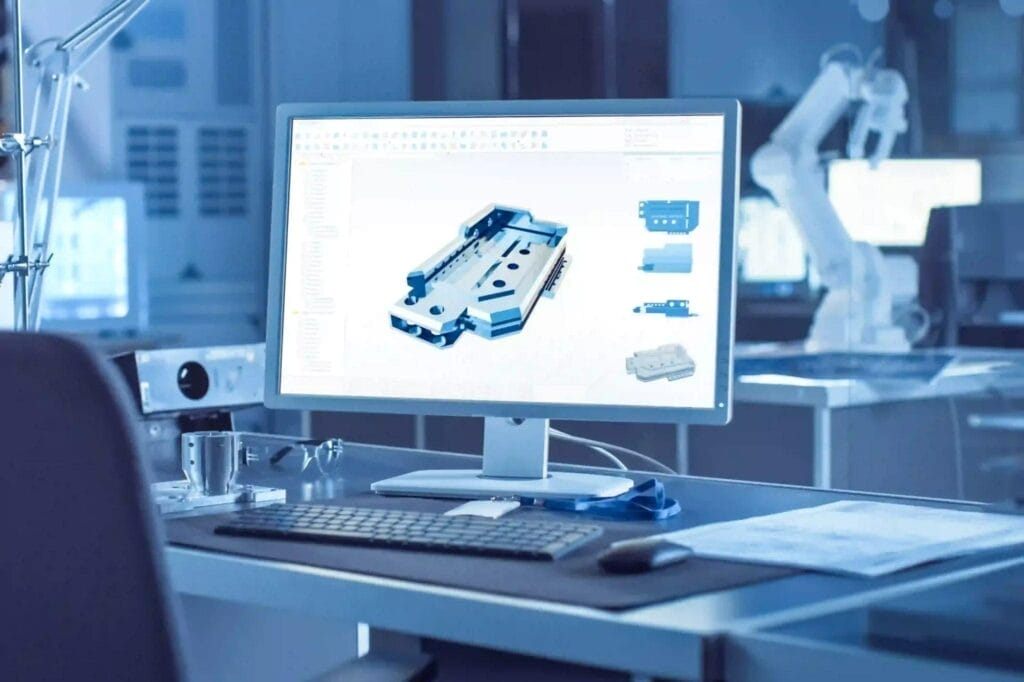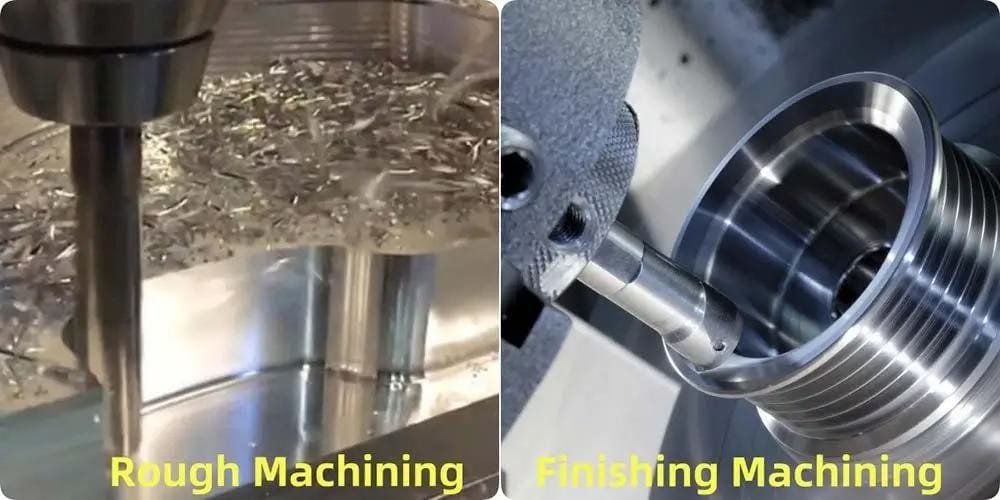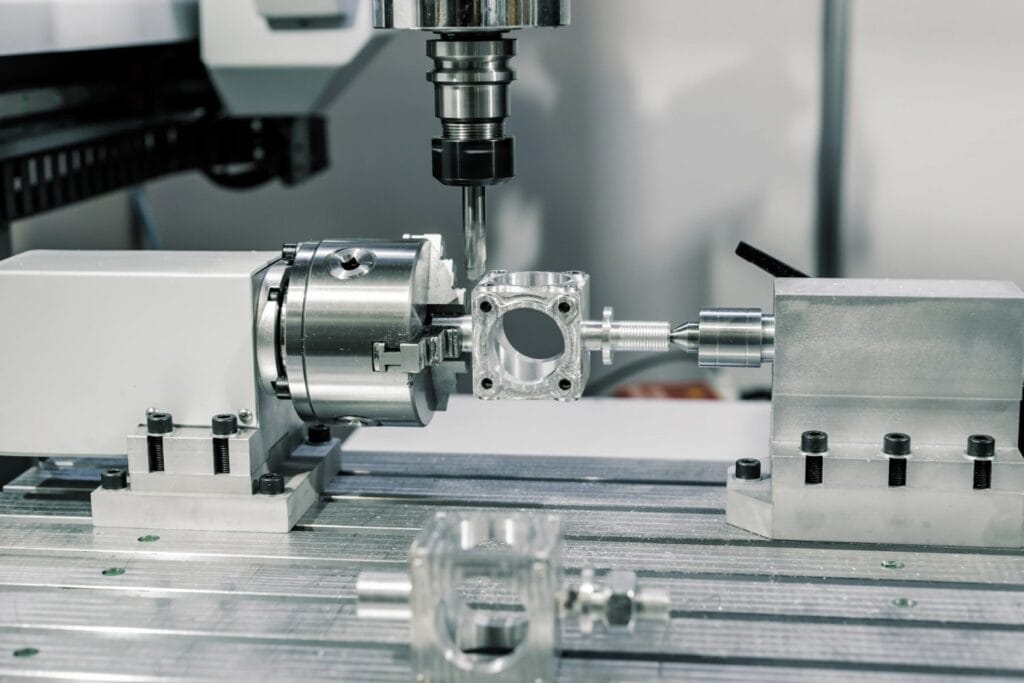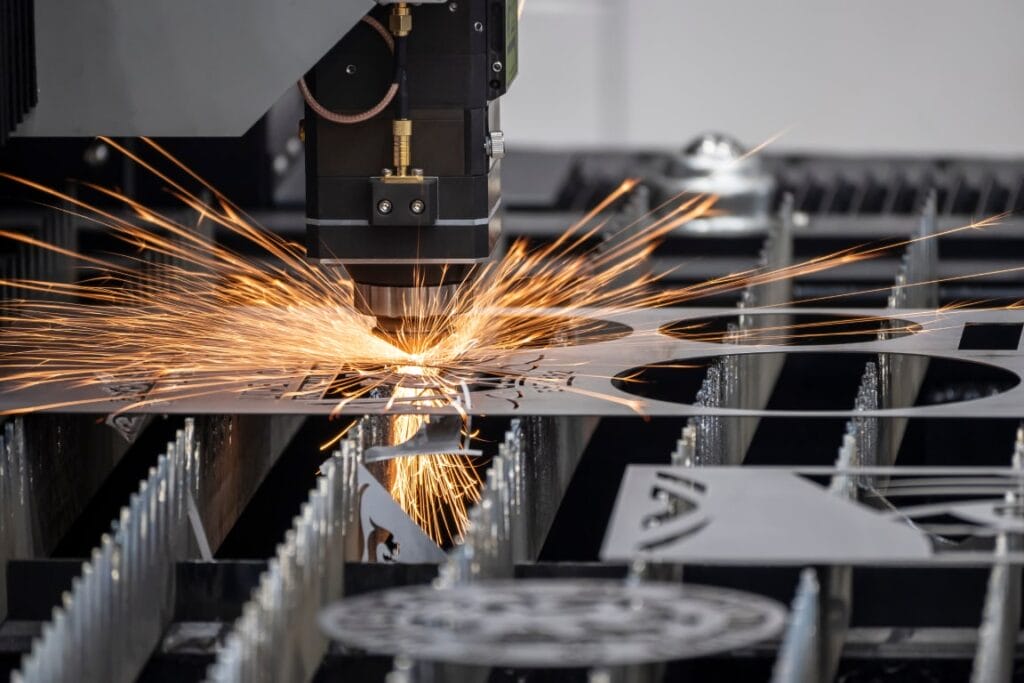Aerospace CNC Machining Company: 5-Axis Aircraft Parts Supplier
Yijin Hardware delivers precision 5-axis CNC machining for aircraft and aerospace components. We specialize in complex geometries, tight tolerances, and high-performance materials. Our solutions meet strict aviation standards while reducing production timelines. Trust Yijin Hardware for reliable aerospace CNC machining services.
- ⬤Service
- ⬤Your Details
- ⬤Submit


Custom Aerospace 5-Axis CNC Machining
We craft custom aerospace parts using advanced 5-axis machines for unmatched accuracy. Our technology handles intricate designs, from turbine blades to structural aircraft components. We CNC machine titanium, aluminum alloys, and high-temperature composites. Every part undergoes rigorous quality checks to ensure compliance with industry standards.
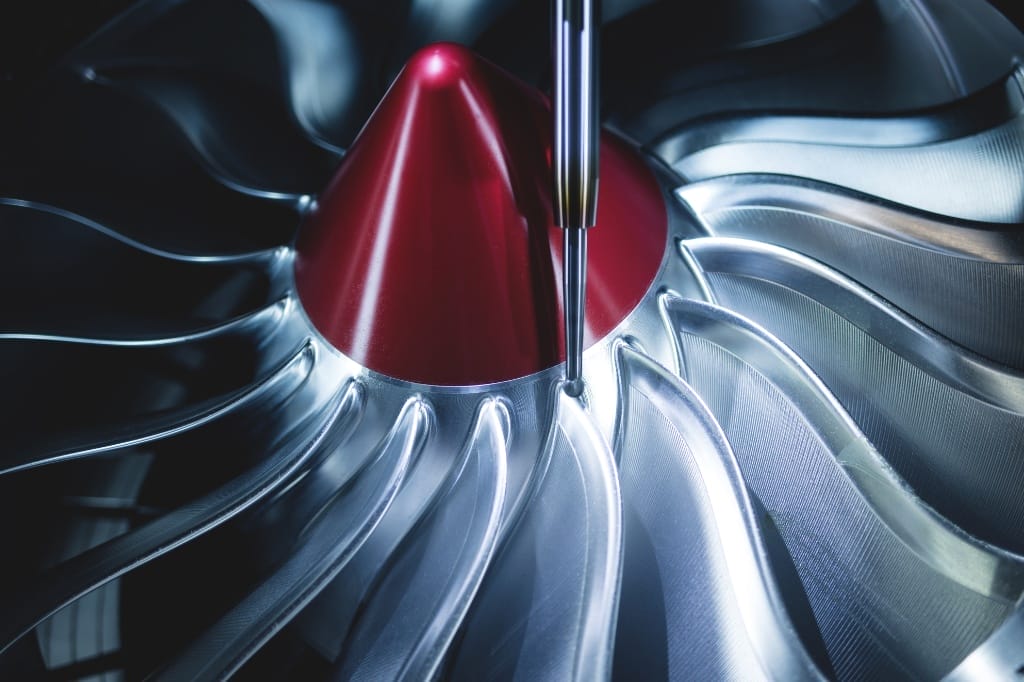

Our 5-Axis Aerospace CNC Machining Services
- Prototyping: Rapid production of functional prototypes for testing and validation.
- High-volume production: Scalable solutions for bulk orders without compromising precision.
- Complex geometries: Machining of curved surfaces, undercuts, and thin-walled structures.
- Material versatility: Expertise in titanium, Inconel, 7075 aluminum, and composites.
- Tight tolerances: Achieve ±0.003” or tighter for critical aerospace applications.
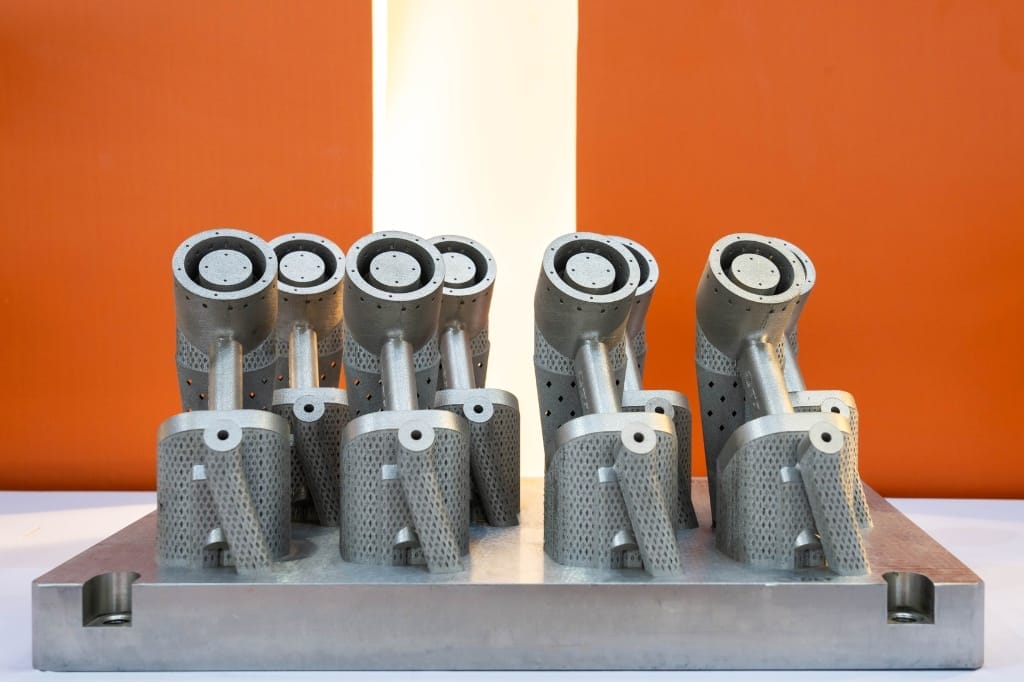
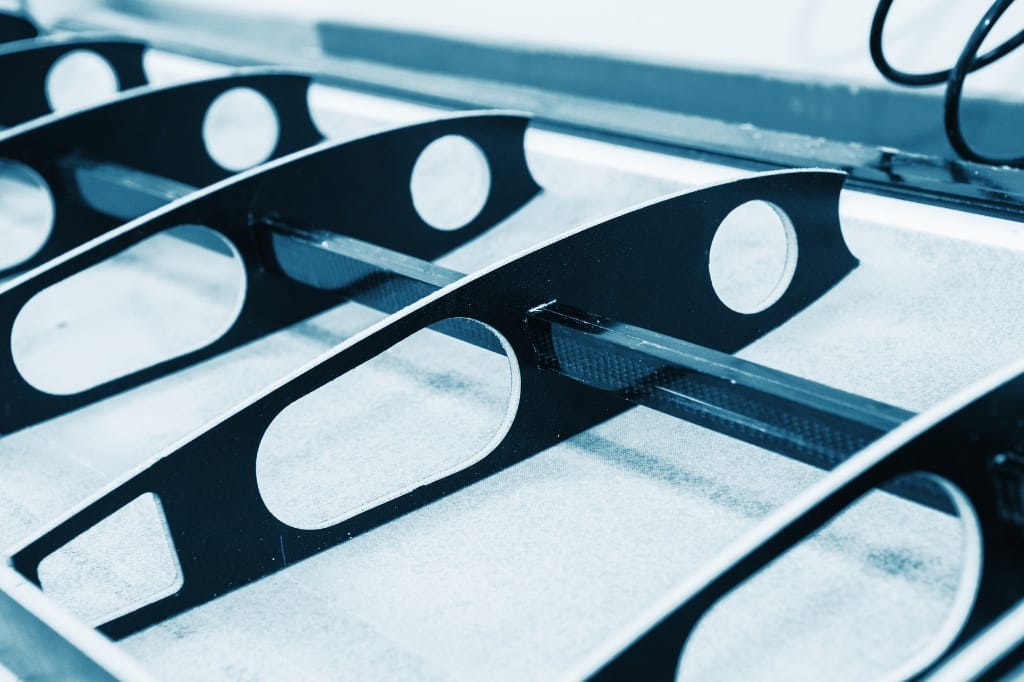
Types of 5-Axis Aerospace Parts
We produce components for engines, airframes, and avionics systems. Common parts include:
- Turbine blades: High-temperature resistance with aerodynamic profiles
- Brackets: Lightweight designs for structural support
- Housings: Durable enclosures for sensors and electrical systems.
- Wing ribs: Complex contours for optimal airflow
- Landing gear parts: High-strength alloys for load-bearing applications
Surface Treatment for Custom Aircraft Parts
Surface treatments enhance durability and performance in extreme conditions. Our options include:
- Anodizing: Improves corrosion resistance for aluminum components
- PVD coating: Adds wear-resistant layers to turbine blades
- Chemical film: Protects electrical contacts from oxidation
- Passivation: Removes contaminants from stainless steel parts
- Peening: Strengthens surfaces to prevent fatigue cracks
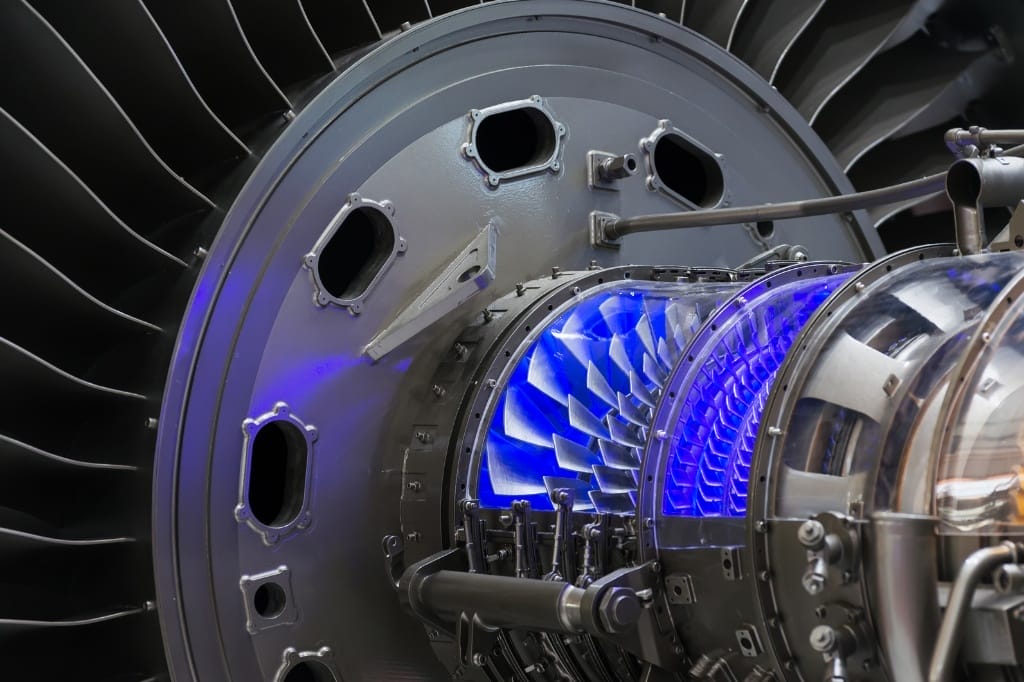
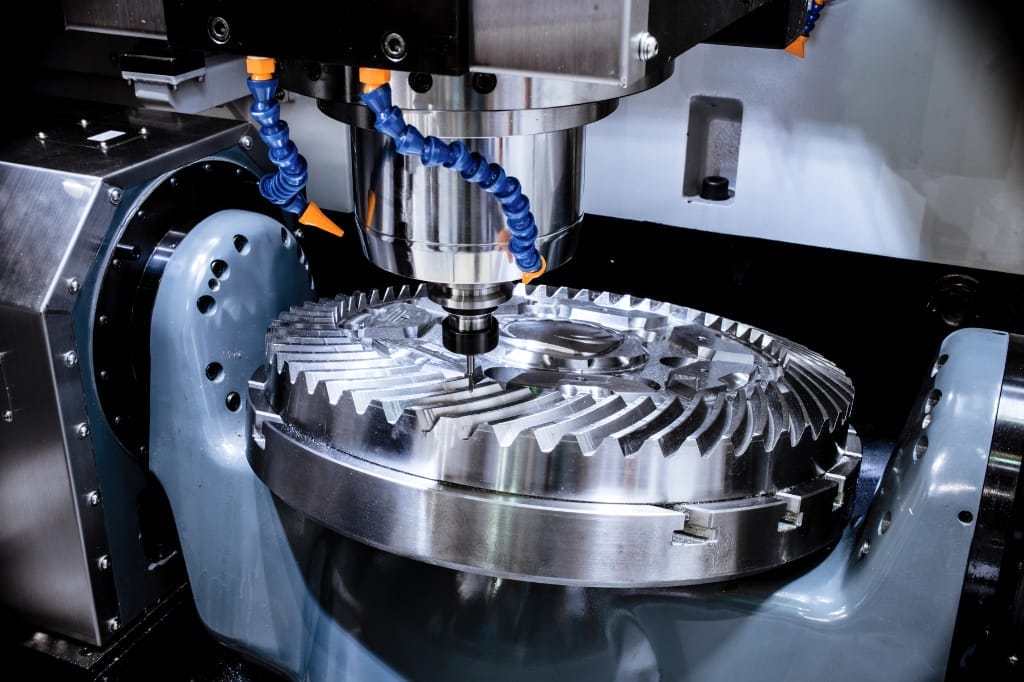
Aerospace CNC Machining: Clamping Methods
Proper clamping ensures stability and precision in aerospace CNC machining. At Yijin Hardware, we use various methods based on part size, shape, and material.
Vise Clamping
Vise clamping works well for smaller aerospace parts. We use:
- Minimum 10 mm clamping height for secure grip.
- Processing height slightly above vise plane.
- Ideal for brackets and housings.
Splint Clamping
Splint clamping secures thin panels and medium-to-large components. Our approach:
- ⬤Fix splint to worktable
- ⬤Lock workpiece with screws
- ⬤Supports high-force machining of strong aerospace materials
Code Iron Clamping
For large workpieces with low clamping height, we use code iron clamping:
- ⬤Clamp corners first, then sides
- ⬤Ensures accuracy for oversized parts
- ⬤Suitable for frames and wing sections
Tool Clamping
We prevent tool movement during machining with these guidelines:
- ⬤30 mm minimum clamping length for tools over 10 mm diameter
- ⬤20 mm minimum for smaller tools
- ⬤Reduces vibration and collision risk
Vacuum Clamping
Vacuum clamping offers unique benefits for certain aerospace parts:
- ⬤Ideal for flat or slightly curved workpieces
- ⬤Prevents mechanical marks on delicate surfaces
- ⬤Useful for thin sheets and composite materials
Why Choose Yijin Hardware?
We hold AS9100D and ISO 9001 certifications for quality assurance. Our 25,000 sq ft facility houses 15 5-axis CNC mills with 55” Z-axis capacity. We collaborate directly with aerospace engineers to optimize designs for manufacturability. Fast turnaround times and 24/7 project support ensure on-time delivery.
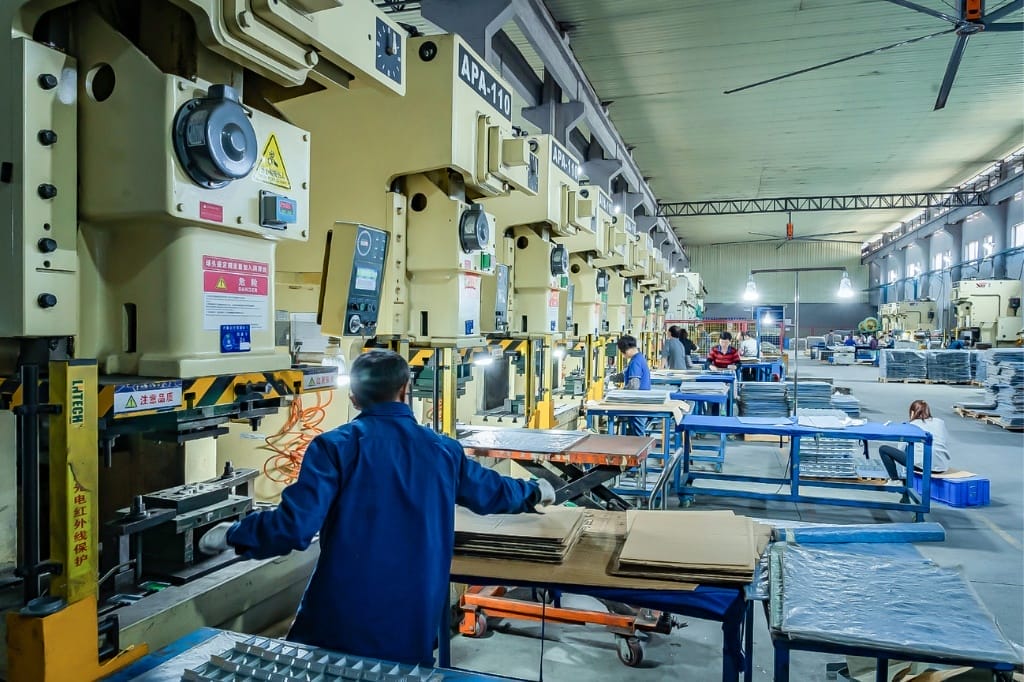

CNC Aerospace Machining FAQs
Titanium and high-strength materials require special care during precision CNC machining. Aerospace CNC machining companies use advanced CNC machining capabilities to prevent tool wear. Aerospace CNC machining factories rely on high-quality milling machines and cooling techniques. Aerospace CNC machining manufacturers ensure the highest quality for efficiently machining aerospace parts.
Aerospace industry components need specific surface finishes for durability and performance. Precision machining enhances machined parts by reducing roughness and improving resistance. Aerospace CNC machining factories use fixtures and coatings of the highest quality. Aerospace CNC machining companies follow strict standards to manufacture smooth, high-quality aerospace components.
CNC machining capabilities allow complex shapes with extreme accuracy in aerospace manufacturing. Aerospace CNC machining manufacturers use 5-axis milling machines for intricate machining. Aerospace CNC machining factories design fixtures to stabilize parts during production. The aerospace industry depends on precision CNC machining for machining aerospace parts effectively.
CNC Resources

Top 10 China Brass Parts Manufacturers in 2025
When sourcing high-quality brass CNC turned components, China stands as a global leader in manufacturing due to its advanced technology, skilled workforce,
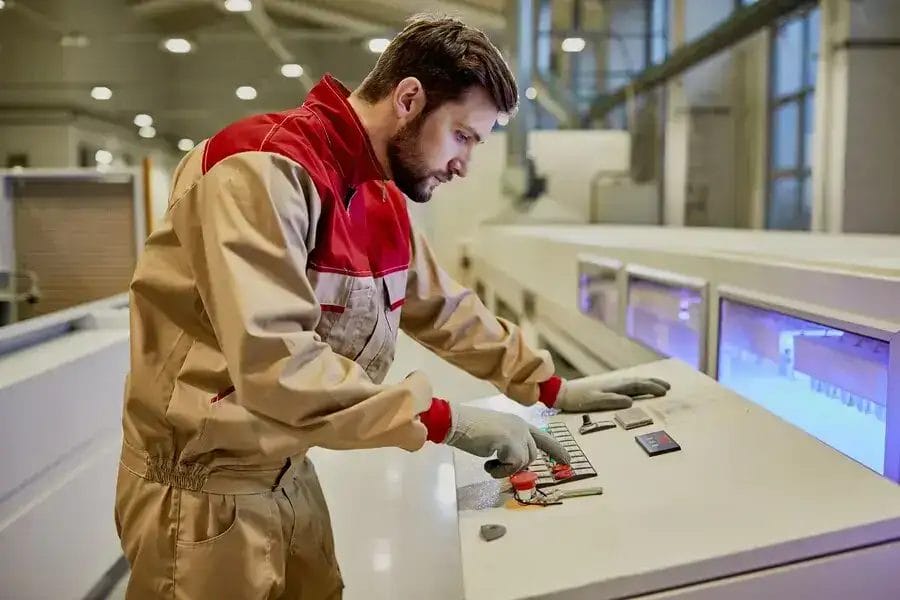
Best 5-Axis CNC Machining Suppliers In The World
Are you looking for top-notch 5 axis cnc machining manufacturer? Explore our guide to the best companies, ensuring precision
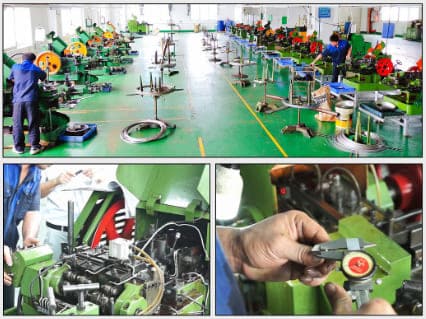
Top 10 Best Rivets Manufacturers in China of 2025
Discover the top 10 rivet manufacturers in China for 2025, carefully curated through extensive industry data analysis. These leading companies
Start today. Get parts made fast.
Free Machined Parts Design to Your Projects with Fast Turnaround Times.

 info@yijinsolution.com
info@yijinsolution.com (+86) 188-2253-7569
(+86) 188-2253-7569
